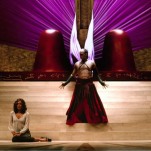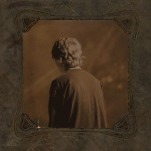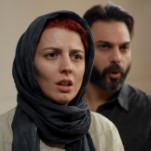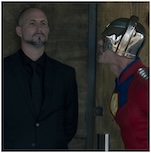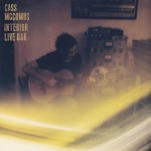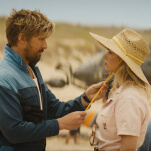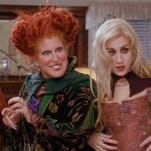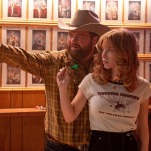A Castle for Christmas Made Me Really Want to Buy a Scottish Castle

I don’t think it’s a stretch to say that the Christmas rom-com genre possesses the most overwhelming film catalog out there. Replete with enough titles to fill the Library of Congress a couple of times over, it’s virtually impossible for new entries into the category to find even a millimeter of new thematic or narrative ground to cover. Its hit-or-miss ratio is also, unsurprisingly, astoundingly unbalanced. Sometimes, though, a Christmas miracle presents itself, and a brave, inspired filmmaker dives headfirst into the perilous genre and manages to strike gold.
This year, that director was Mary Lambert—yes, the visionary behind the iconic 1989 horror film Pet Sematary (and Pet Sematary Two, of course). Her Christmas movie? Netflix’s own A Castle for Christmas. The film follows acclaimed American author Sophie Brown (Brooke Shields) who jets off to Scotland after being semi-canceled for killing off her series’ beloved protagonist. There, she falls in love with a big ol’ Scottish castle called Dun Dunbar, where her grandfather was a groundskeeper, and buys it (because why not?). To make things deliciously complicated, the property is owned by hunky-yet-frosty Duke Myles (Cary Elwes), and Sophie can only take over as proprietor once she’s proven she can handle the upkeep. Oh yes, that means sharing a living space with Mr. Saucy Duke himself.
Of course, this plot isn’t exactly groundbreaking. For starters, it turns out that Christmas movies involving royalty are very popular: My Christmas Prince, Christmas with a Prince, A Princess for Christmas, A Christmas Princess…you get the idea. And Lambert and writing team Kim Beyer-Johnson, Ally Carter, Neal H. Dobrofsky and Tippy Dobrofsky, aren’t exactly doing anything new by revisiting the “we-hate-each-other’s-guts-but-also-secretly-love-each-other” format. But A Castle for Christmas is successful in large part precisely because it leans into this audience-endorsed formula with such ardor and earnestness. So when the unrealistic—yet highly entertaining—conflict is set into motion, it works because the film’s general electricity leads us to actually believe that everyone in this world really, really, really cares about Christmas more than absolutely everything else and, unless you’re a total grinch, the power of the holiday makes just about anything possible. We’re never led to believe that anything other than a magical just-in-time-for-Christmas romance is right around the corner, but in A Castle for Christmas, this predictability is comforting.
A lot of the film’s Christmassy legwork is done by Sophie and Myles. From the moment they meet, their dynamic is captivating. This is due, in large part, to the surprising yet inspired casting. Shields plays Sophie as naturally sweet, sophisticated and disarming, while Elwes is a loveable grump (even if his Scottish accent leaves something to be desired) and, yes, he somehow still possesses the same heartthrob qualities from The Princess Bride 30 years later. It makes it that much more gratifying when they finally let those inhospitable walls down. (I’ll note, though, that it also makes it a little disappointing that there are a great deal more squabbling scenes than romantic ones.)
-

-

-

-

-

-

-

-

-

-

-

-

-

-

-

-

-

-

-

-

-

-

-

-

-

-

-

-

-

-

-

-

-

-

-

-

-

-

-

-






